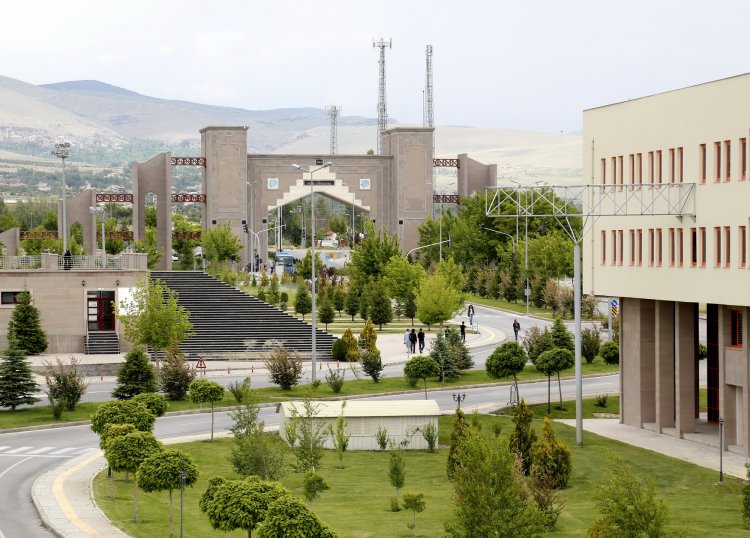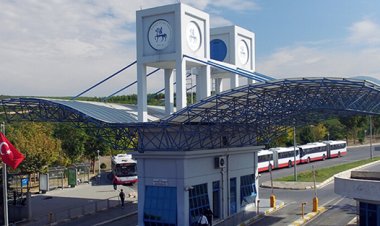Comparison of demographic fitness and biocontrol effectiveness of two parasitoids, Encarsia sophia and Eretmocerus hayati (Hymenoptera: Aphelinidae), against Bemisia tabaci (Hemiptera: Aleyrodidae)
Comparison of demographic fitness and biocontrol effectiveness of two parasitoids, Encarsia sophia and Eretmocerus hayati (Hymenoptera: Aphelinidae), against Bemisia tabaci (Hemiptera: Aleyrodidae) Xu, Hai-Yun; Yang, Nian-Wan; Chi, Hasin; Ren, Guo-Dong; Wan, Fang-Hao BACKGROUND: The autoparasitoid Encarsia sophia and the primary parasitoid Eretmocerus hayati are two important parasitoids used against the whitefly Bemisia tabaci, with different reproductive strategies. To incorporate these two parasitoids into a sustainable whitefly control program, it is necessary to evaluate and compare their fitness and biocontrol effectiveness under identical experimental conditions. The demographic characteristics, parasitism rate and host-feeding rate of En. sophia and Er. hayati were analyzed using an age-stage, two-sex life table and the CONSUME-MSChart computer program. RESULTS: The mean fecundity of Er. hayati (211.4 offspring per female) was significantly higher than that of En. sophia (101.6 offspring per female), although the oviposition days of En. sophia was longer than that of Er. hayati. No significant difference was found in the intrinsic rate of increase (r), finite rate of increase (?) or net reproduction rate (R 0 ) between the two parasitoid species, but the mean generation time (T) of En. sophia (18.8 days) was significantly shorter than that of Er. hayati (20.5 days). The net host feeding rate (C 0 ) of En. sophia was 84.1 whiteflies per individual, significantly higher than the 17.6 whiteflies per individual consumed by Er. hayati. The finite killing rate (?) of En. sophia (0.6713) for whitefly was significantly greater than that produced by Er. hayati (0.3652). CONCLUSION: The En. sophia population can increase faster and have a higher killing potential than the Er. hayati population. Taking both the demographic fitness and killing potential of the two parasitoids into consideration, En. sophia would be the preferred choice to release in a biological control program. © 2018 Society of Chemical Industry. © 2018 Society of Chemical Industry

Comparison of demographic fitness and biocontrol effectiveness of two parasitoids, Encarsia sophia and Eretmocerus hayati (Hymenoptera: Aphelinidae), against Bemisia tabaci (Hemiptera: Aleyrodidae) Xu, Hai-Yun; Yang, Nian-Wan; Chi, Hasin; Ren, Guo-Dong; Wan, Fang-Hao BACKGROUND: The autoparasitoid Encarsia sophia and the primary parasitoid Eretmocerus hayati are two important parasitoids used against the whitefly Bemisia tabaci, with different reproductive strategies. To incorporate these two parasitoids into a sustainable whitefly control program, it is necessary to evaluate and compare their fitness and biocontrol effectiveness under identical experimental conditions. The demographic characteristics, parasitism rate and host-feeding rate of En. sophia and Er. hayati were analyzed using an age-stage, two-sex life table and the CONSUME-MSChart computer program. RESULTS: The mean fecundity of Er. hayati (211.4 offspring per female) was significantly higher than that of En. sophia (101.6 offspring per female), although the oviposition days of En. sophia was longer than that of Er. hayati. No significant difference was found in the intrinsic rate of increase (r), finite rate of increase (?) or net reproduction rate (R 0 ) between the two parasitoid species, but the mean generation time (T) of En. sophia (18.8 days) was significantly shorter than that of Er. hayati (20.5 days). The net host feeding rate (C 0 ) of En. sophia was 84.1 whiteflies per individual, significantly higher than the 17.6 whiteflies per individual consumed by Er. hayati. The finite killing rate (?) of En. sophia (0.6713) for whitefly was significantly greater than that produced by Er. hayati (0.3652). CONCLUSION: The En. sophia population can increase faster and have a higher killing potential than the Er. hayati population. Taking both the demographic fitness and killing potential of the two parasitoids into consideration, En. sophia would be the preferred choice to release in a biological control program. © 2018 Society of Chemical Industry. © 2018 Society of Chemical Industry

 Bilgi
Bilgi 














